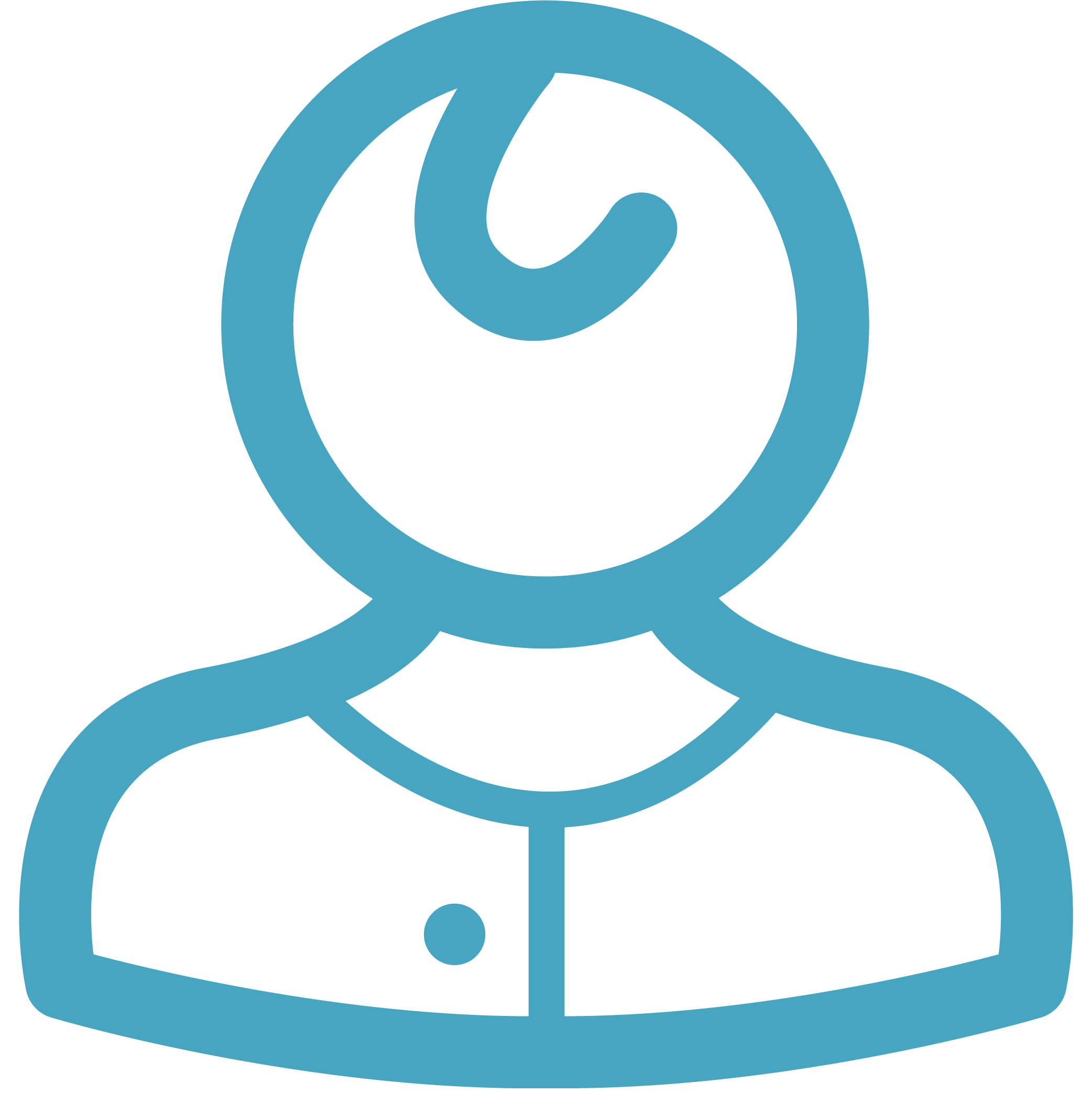
Who Could Benefit?
Early childhood home visiting provides support and connections that can benefit all pregnant and parenting families. Nationally, we estimate over 17.3 million pregnant women and families are potential beneficiaries, including all pregnant women and families with children under 6 years old and not yet in kindergarten.
This broad estimate includes 16.1 million families with young children and 1.2 million pregnant women without young children, according to estimates from the American Community Survey (2017–2021). (Source: The 2017–2021 [American Community Survey](https://usa.ipums.org/usa/index.shtml) is the most recent 5-year file available at the time of analysis. The estimate of pregnant women is based on mothers with infants, with certain adjustments. See the [methodology section](https://nhvrc.org/yearbook/2023-yearbook/methodology/) for more information on methods.)Go to footnote #>1
Many families have more than one child who could benefit from home visiting. If we estimate the number of individual children rather than families, we find nearly 23 million children could potentially benefit from home visiting. This number includes approximately—
Home visiting has great potential to improve the lives of all young children and families, yet limited resources restrict the number who receive services. As a result, most home visiting services are geared toward particular populations, including young expectant caregivers, young and first-time caregivers, families with infants, and families with insufficient incomes.
Other priority groups may include—
- Single mothers
- Caregivers with limited education
- Families with a history of substance use or child maltreatment
- Children with developmental delays
How Many Families and Children Fall Within the Priority Populations?
It is not possible to present data on some of these families in our estimates using the American Community Survey, which does not collect data on substance use, child maltreatment, or developmental delays. To account for this reality, the 2023 Home Visiting Yearbook contains estimates of two different types of data: (1) five potential priority populations captured by the American Community Survey and (2) other maternal and child health indicators that commonly reflect child risk and/or child well-being. The charts featured on the Indicator Data by State page provide national and state data for each indicator, disaggregated by race and ethnicity, followed by the definition of the indicator and applicable data source(s).

